Maciek Jasik was born in Gdansk, Poland in 1978 and came to the US six years later with his parents. His work is primarily focused on society’s relationship with nature, along with questions of identity, representation and the self. Since 2009 he has focused on the continuing ‘A Thousand Souls’ and ‘Bypassing the Rational’ series, which employ an analog color technique to question ideas of identity and gender. From those two series, he expanded the use of his color practice to landscapes in the Las Vegas project ‘A Corrupt Nature’ (2013) to examine the American relationship to nature. In ‘The Secret Lives’ (2016) he explored the mystical origins of fruits and vegetables. He is currently working on a series of nudes and portraits about identity within relationships called ‘Deeply-Ordered Chaos.’ Editorial clients include: The New Yorker, Time, GQ, The New York Times, Wired UK, Adweek, New York magazine, Refinery29, Fast Company, and many others. He lives in New York City.


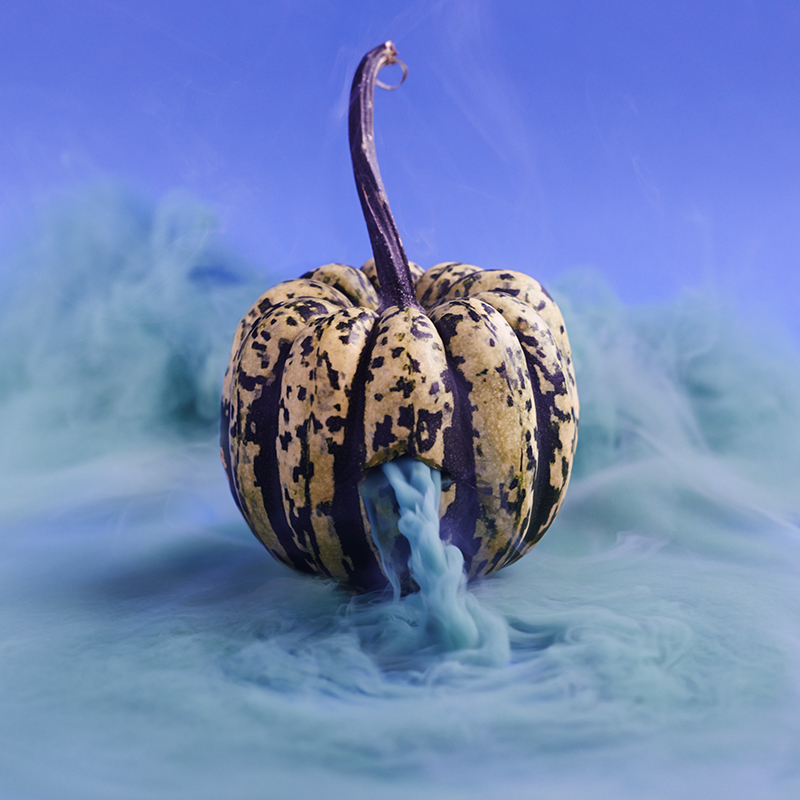
The Secret Lives of Fruits and Vegetables
The modern world has separated us from the origins and uses of fruits and vegetables; we know them only for the flavors and textures they provide. Until only very recently, each held its own mystique, mythology, symbolism and connection to the culture and afterlife.
Not only were the blueberry, tomato, squash, papaya, potato, and pineapple only available in the Americas until Columbus arrived in 1492, most of what we eat today was cultivated over thousands of years, from small, bitter origins, like the eggplant, or afterthoughts, like the wild cabbage that became cauliflower.
Watermelon originated in Africa as a largely bland, hard melon, but was prized for its ability to keep for months as a water source; they were buried with the pharaohs to aid their journey in the afterlife.
Partly through its influence as a folk medicine, the pomegranate became a symbol of life after death in Egypt—and of Christ’s suffering and resurrection in depictions by Botticelli and Leonardo da Vinci. The Buddha considered it one of the three most blessed fruits. In ancient Greece, Hades lured Persephone to his underworld with pomegranate seeds.
Mark Twain famously said “the peach began as a bitter almond,” as it evolved from a pit with minimal flesh over 3,000 years of domestication in China into a sweet, juicy symbol of long life and divine powers. Local Chinese magistrates would hang peach wood branches on their doors to fend off evil spirits.
For the Native Americans, squashes and pumpkins were essential to their agricultural approach. They planted “The Three Sisters,” corn, beans and pumpkins, together. The corn stalk would act as a natural trail for the bean vines and the beans put nitrogen into the soil for the corn. By providing shelter, the pumpkin vines would keep moisture in.
This series aims to reintroduce these mystical, invisible qualities to fruits and vegetables that have been lost amidst the clamor of nutritional statistics. Each offers its own indelible powers beyond our narrow habits of thought.
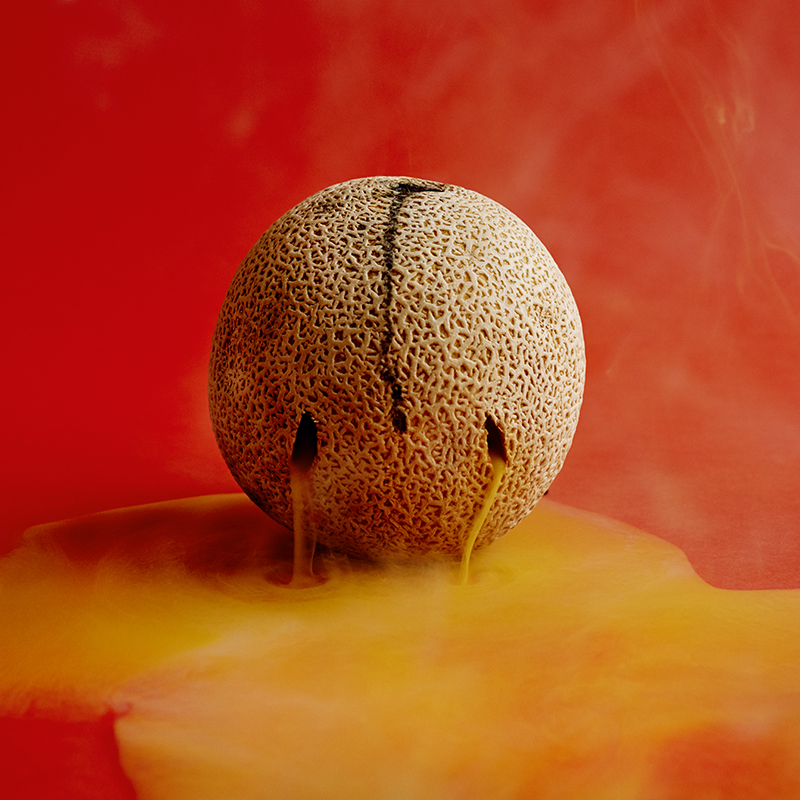
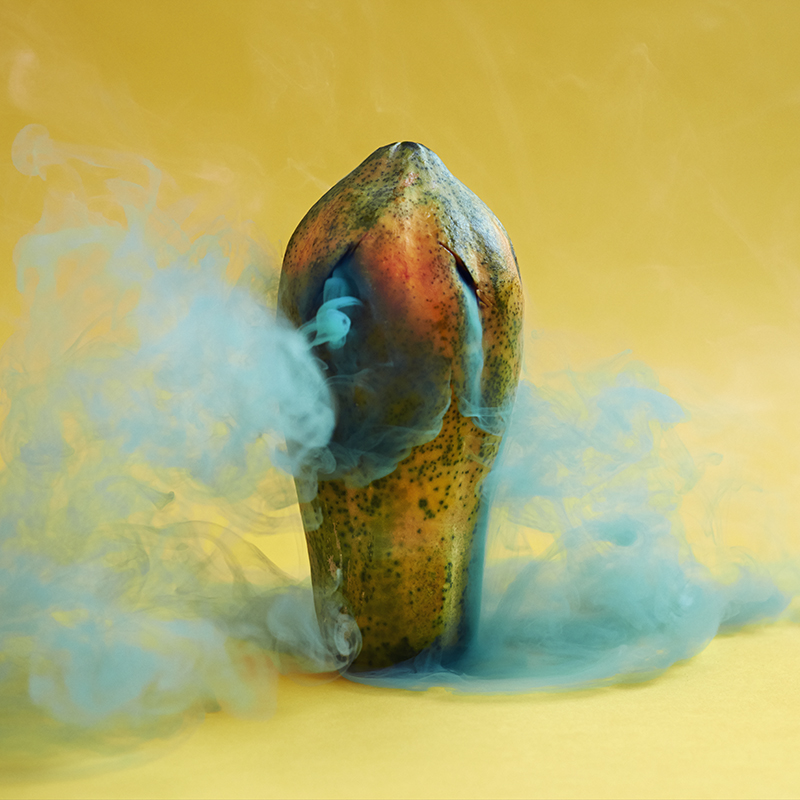
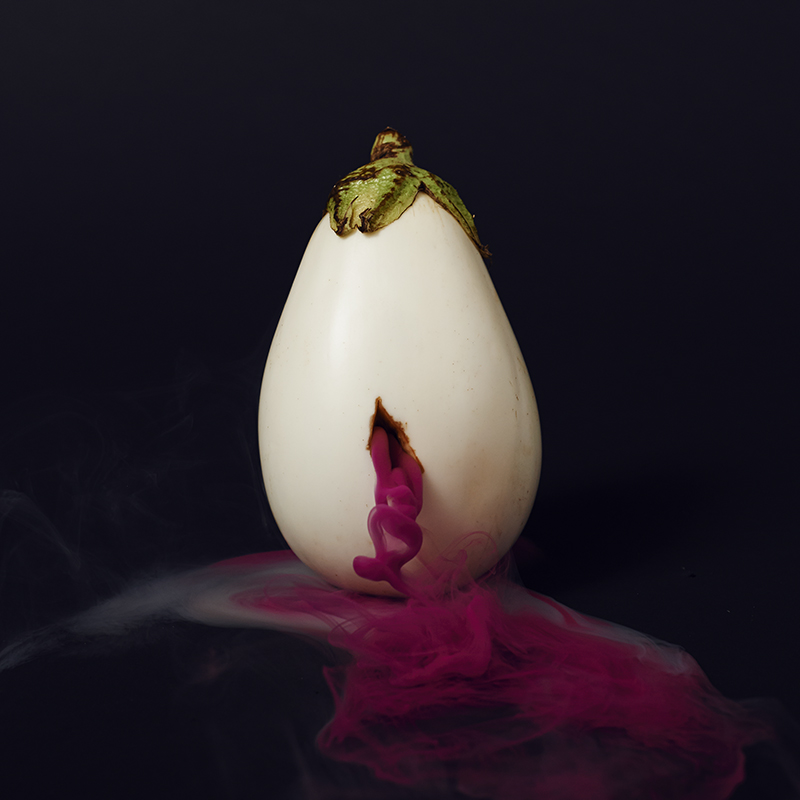
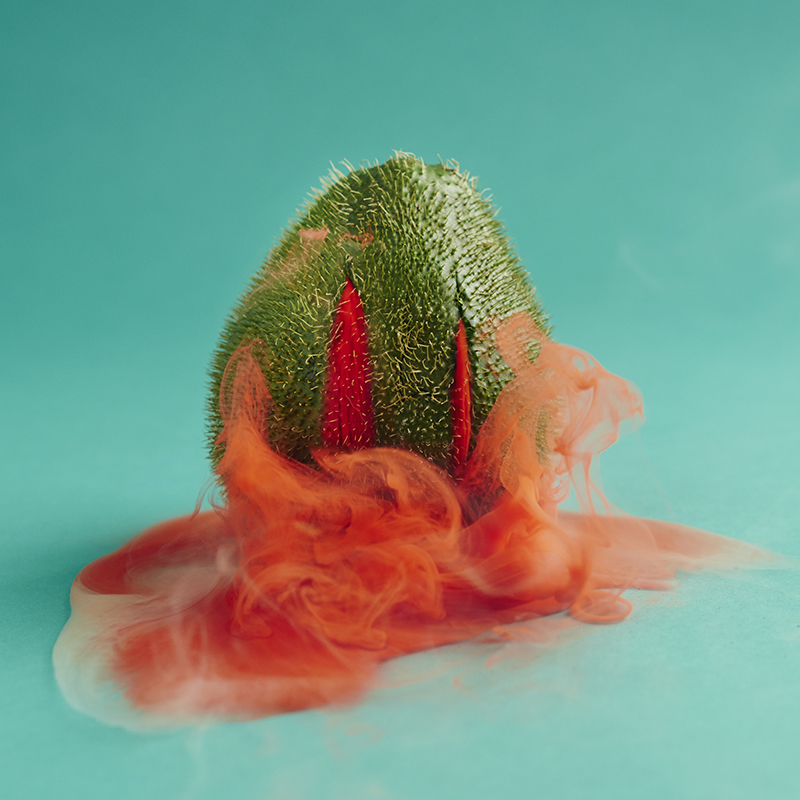
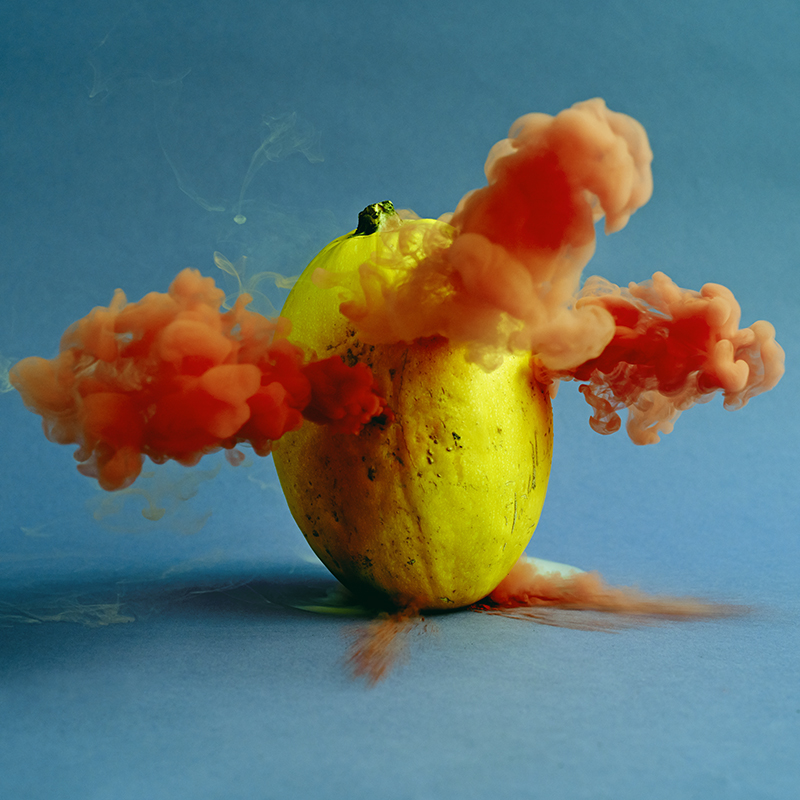

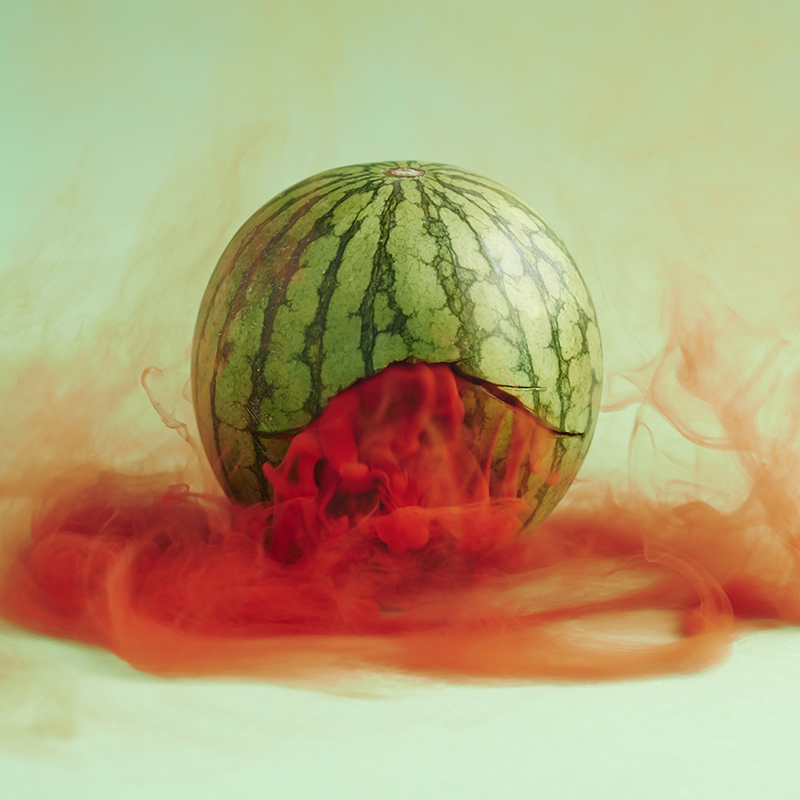
To view more of Maciek Jasik’s work please visit his website.